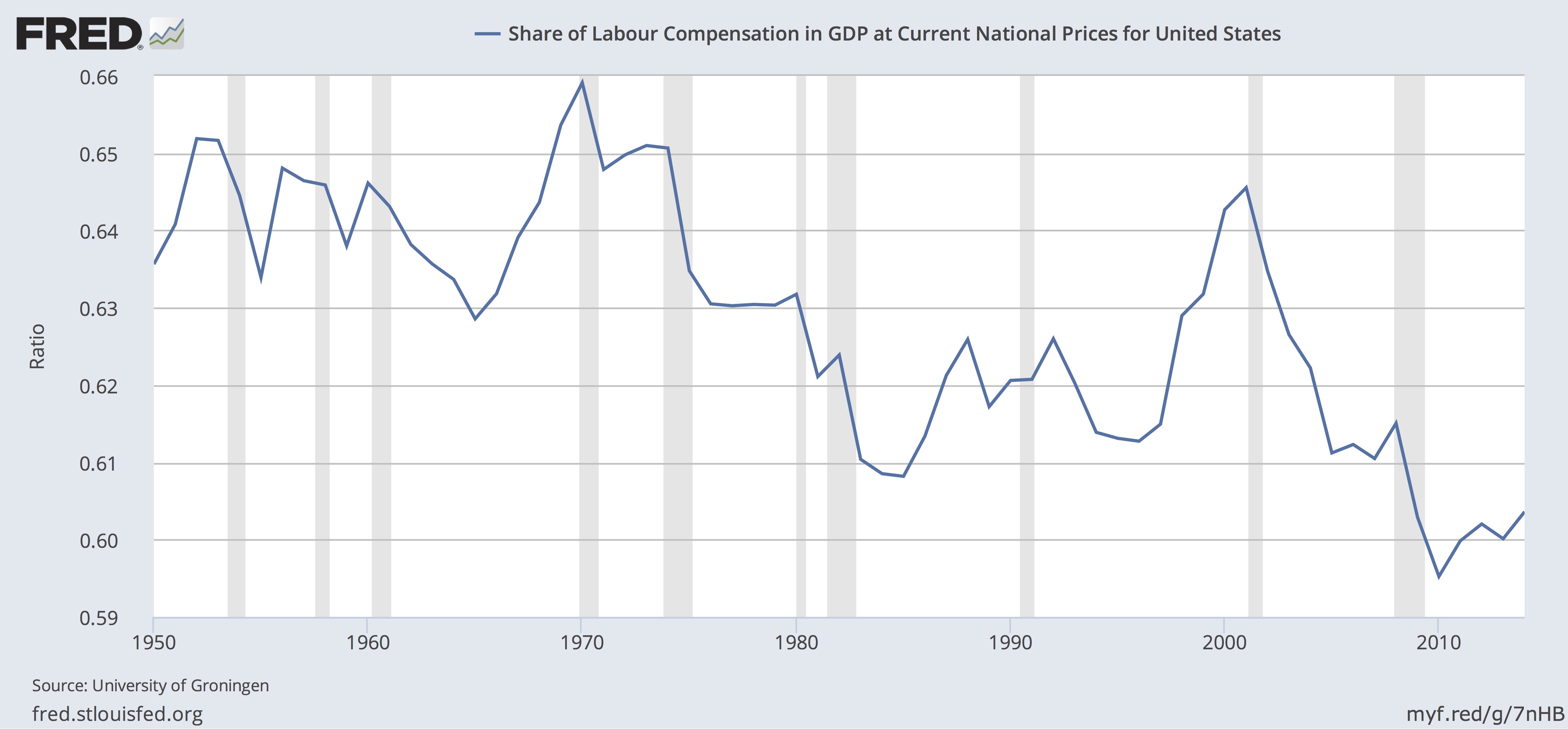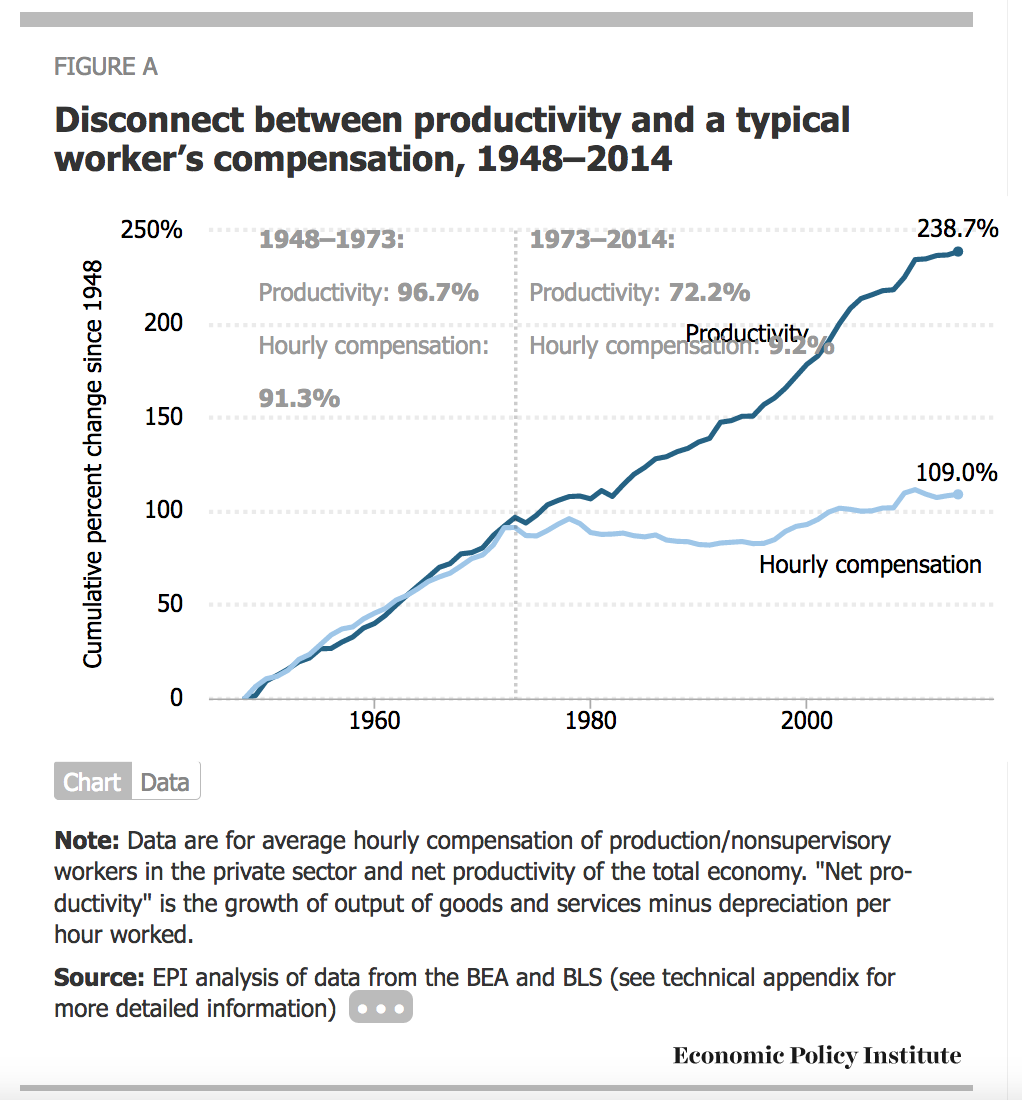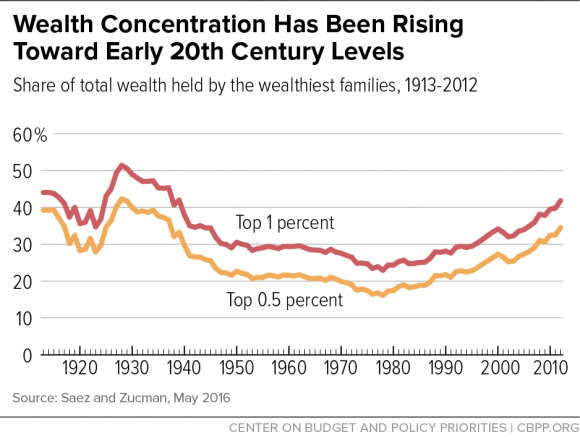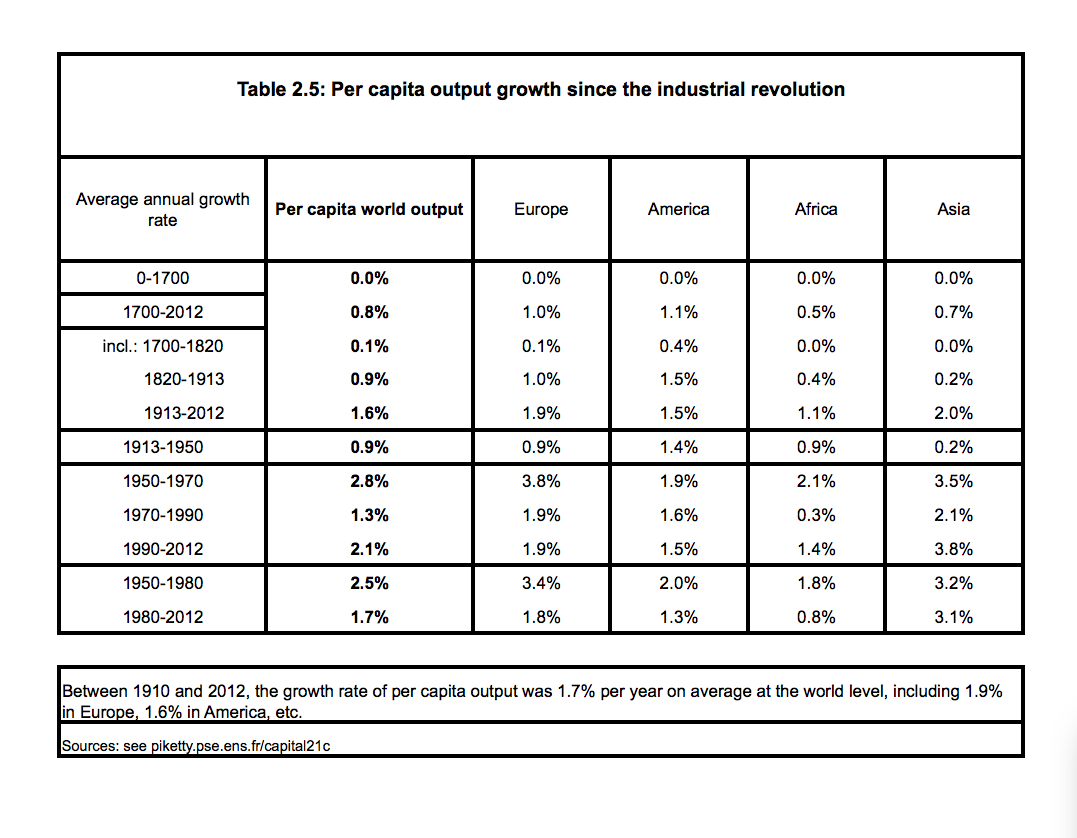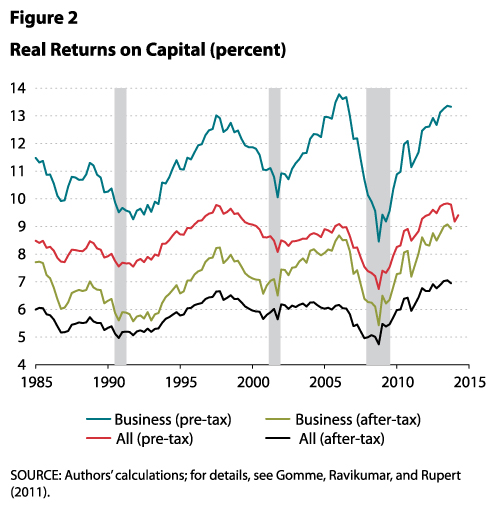The Politics Of The Green New Deal: Conclusion
Posts in this series:
The Green New Deal Challenges The Domination of Capital
Part 1 on Labor
The Politics of the Green New Deal: Part 2 on Capital
The Politics of The Green New Deal: The Opposition Of The Rich
The Green New Deal: OMG It’s Socialism!
The Politics Of The Green New Deal: We Can’t Pay For That
The Politics Of The Green New Deal: More Democracy
The Politics of the Green New Deal: The Conventional Wisdom
The premise of this series is that climate change is going to impose enormous costs on society, whether we do nothing and try to cope with the changes, or whether we try to ameliorate it. In our current version of unrestrained capitalism, those costs will be imposed on the working class*, and the capitalists will enjoy all the profits to be gained whatever we do. The Green New Deal promises to spread the costs and burdens fairly across society, meaning the capitalists will pay more and get less. This is fair, because the capitalists accumulated their wealth by underpaying the working class and by externalizing as much of their costs as possible onto the working class.
I slightly regret using the word politics in the title of this series because I’m no politician, and don’t have much to contribute beyond personal opinion and unlimited optimism about my fellow citizens; think of me as a John Dewey democrat**. (This 2011 post at FDL explains the term, and it holds up really well.) I planned to conclude by saying something like: So everyone has a good reason to support the Green New Deal, even on the off-chance that we have overestimated its effects on the planet and therefore the economy.
Sadly, in the weeks since it was first announced the Trump-led Republicans have poisoned the atmosphere with their unsurpassed and uncontroverted media. Here’s a good discussion of the attack and the results by David Roberts (@DrVox) writing at Vox. And here’s a nice piece on the Climate Change Communication website that shows changes in responses to a number of climate change questions over time and by different segments of the population.
Progressives have nothing like the right-wing media complex, and have utterly failed at reaching the broad public with their rationale for the Green New Deal and its benefits. The media is distracted by the shiny objects Trump skims over our heads daily. Liberals have dozens of critical issues that divide their attention. The Democratic Party lacks any focus at all, other than getting rid of Trump. That leaves huge numbers of people unable to formulate a coherent response to the right-wing media and its capitalist supporters. Far too many of us are unsure about the potential problem or the costs that that will come due as our climate changes.
I’ve read several analyses of the problem by people who know more about politics than I do. This is from the Roosevelt Institute. This is by Ezra Klein at Vox, responding to the Roosevelt Institute’s recommendations.
This one is by the indispensable Eric Levitz at New York Magazine; and there’s lots more on his author page. You won’t have trouble finding more.
I do have two thoughts.
1. I largely agree with this by Thomas Piketty. He writes about the disparity between the views of “voters with the lowest incomes, personal wealth or qualifications” (the “working classes” in his article) and their prosperous fellow citizens as shown in EU elections. The working classes mostly vote against the EU while the prosperous mostly vote for it.
The reason for this, according to those who are better off, is that the working classes are nationalist and xenophobic, perhaps even backwards.
But there’s a better explanation according to Piketty: the current structure of the EU unfairly favors the prosperous at the expense of the working classes, and the latter know this, resent it, and vote to change it.
In the US, many people respond to the obvious fact that their votes don’t change anything by refusing to vote at all. In the 2016 election turnout was about 58% of the voting age population. If the Democrats could get another 10% to the polls, raising turnout to 68%, they wouldn’t need swing voters and nervous Republicans, and they’d likely take the Senate and the House.
In my simple-minded approach, the failure of the Democrats is their absurd unwillingness to act like a political party. To take an obvious example, when Ed Markey and Alexandria Ocasio-Cortez announced the Green New Deal, some Democrats immediately indicated support. But the centrists just had to weigh in, whining about how radical it is and how much trouble it would be, and it might affect my chances of reelection and we can’t afford that. They just couldn’t keep silent, or say how much they were looking forward to working with their colleagues on this critical issue.
In my simple-minded approach, the Democrats act like a real party, where all of them are on the same team, and assert that they will pass legislation that will benefit non-voters, and will protect them from the depredations of the rich and their corporations. With control of the House, they can prove they will do so by passing legislation now.
2. Movies on TV have really long commercial breaks, three or four minutes or even more. Climate activists could make mini-movies for those breaks, 3-4 minutes long, that would basically be educational, with a very light touch of activism. As I see it, the right wing relies on fear, hatred, nationalism, and other highly emotional triggers. The viewers I would try to reach aren’t hooked on those emotional charges. They either are apathetic, or are turned off by those appeals. And those emotional triggers don’t work well late at night, they interfere with sleeping.
The idea is to show the problem directly, but keep the commentary to a minimum and keep it low-key. So, we could show the heavy rain, ice and floods in Nebraska, interview people who were damaged, like maybe a shot of farmer walking through a muddy field explaining he can’t plant and the financial effect on his business. We could interview the water treatment officials in Omaha whose system was flooded and poured raw sewage into streams and rivers. The commercials would be so long that people would look up during them even while playing with their phones, and the footage would be riveting.
The talk would be short, and focused on the people damaged. There would be large easy to read captions, because I think a lot of viewers mute commercials. There would be two or three open-ended questions in caption format from time to time. Can we afford to take the risk of more climate change? What happens to the price of food if we have wide-spread flooding in the Mid-west? How can we protect ourselves from the increased number of dangerous storms? Maybe we should talk about this with our friends and neighbors. And so on. Non-threatening, easy to understand, and non-judgmental, not didactic or pedantic. A soft approach might have an impact on people’s willingness to consider decarbonization.
The idea is easily expanded to teaching about other issues, including, for example, financial problems facing the 40% of us who can’t pay an unexpected $400 bill without borrowing, or people facing medical problems without decent insurance, people forced to move to chase jobs and so on, all problems addressed by the Green New Deal.
I don’t know if this is a good idea or not, but I know we have to do something new, because whatever we think we are doing now isn’t working.
——-
* I define the terms working class and capitalists in the first post in this series.
**Also, I generally agree with the views this post attributes to Sophie de Grouchy and others.

 Creative Commons
Creative Commons 
